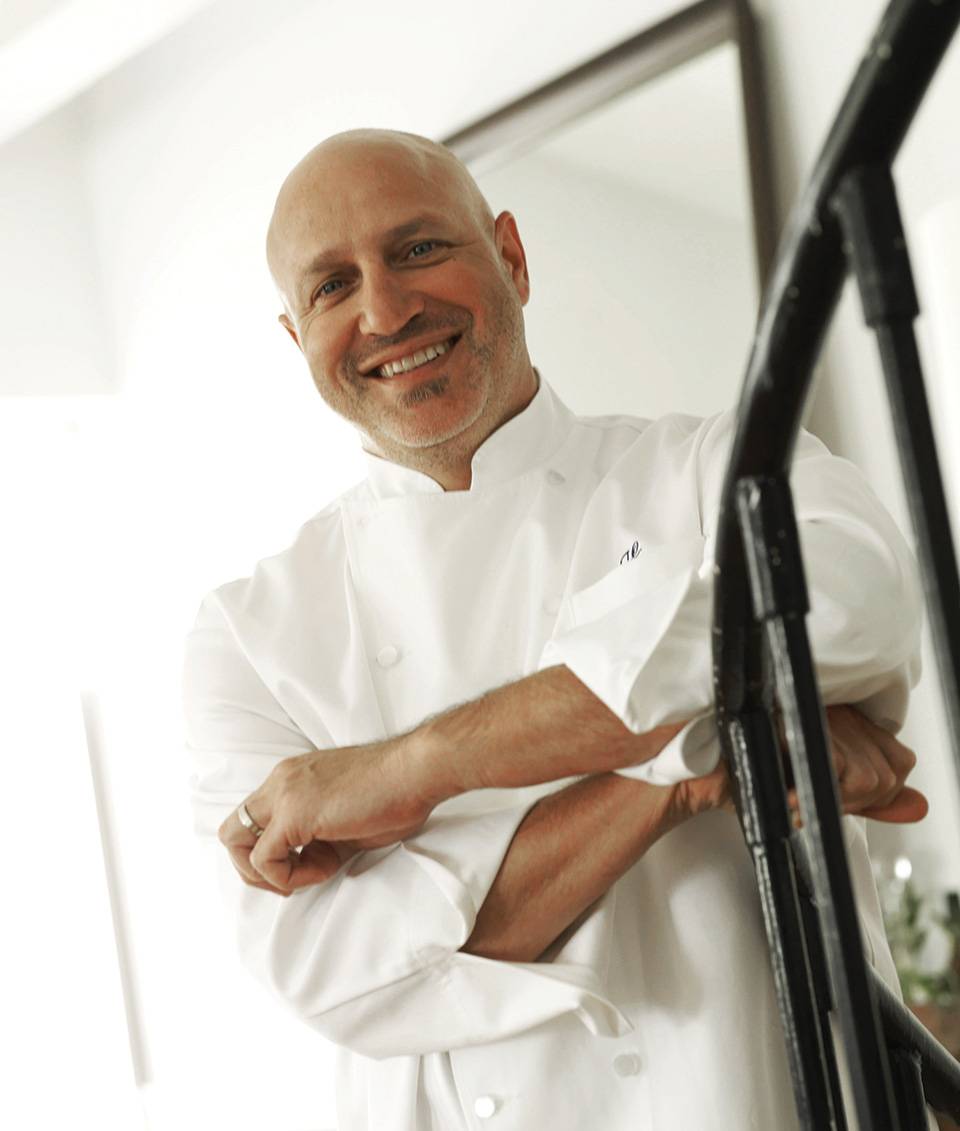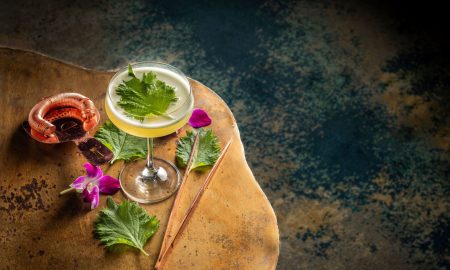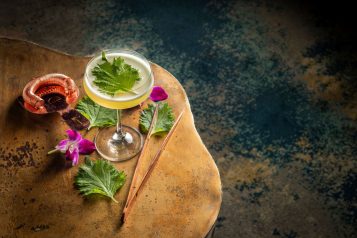Tom Colicchio has affected the national palate in countless ways. His popular New York City restaurants, Gramercy Tavern and the subsequent Craft, focused on simple, clean farm-to-table cuisine that ignited the locavore spark that set the country’s dining scene on fire. They also have earned him a total of five James Beard awards and a foot in the door on Bravo’s Top Chef, on which he has been a starring judge now for 10 seasons. One documentary, three cookbooks and 12 restaurants later, Colicchio is poised to bring his brand of extraordinary cooking to Miami Beach’s new 1 Hotel & Residences. With 1 Hotel’s eco-chic ethos that include interiors made out of driftwood and other natural, high-quality materials, it seems a match made in heaven.
HL: I think you started this whole farm-to-table thing.
TC: I’m not going to take credit for that, but I will say I was an early adopter. Before I took my first chef’s job, I was working in France and was just amazed at the quality of the ingredients. Then, when I got back to New York, I started going to the Green Market, and things were just starting to happen and I got really excited. I wanted to meet the farmers; and know where my food was coming from. The food was just better and fresher.
HL: So what did you do first?
TC: I was probably the first person to make it so much about the simplicity of the food and about the product. It was literally a piece of fish on the plate with olive oil, salt and pepper. I always had this thing in my head that I wanted the perfect plate of peas, and we can only keep that dish on the menu if the peas that come in are just great. That’s why Craft started with a plate of peas.
HL: You really stand out from the pack, chef-wise. What makes you different?
TC: I don’t use recipes. I don’t care to use recipes. I started cooking when I was young, but was very ADD – I couldn’t get through a recipe! So I wrote Think Like A Chef, which doesn’t have many recipes. It’s about teaching people how to be creative and how to look at food differently. One chapter really explains how to look at a single ingredient and make something delicious. After all, what is wrong with just having a plate of sautéed morels?
HL: Tell me about Top Chef.
TC: I know it’s really big out there [motions to the world at large], but it’s a small part of my life. It takes five weeks of the year. But it is really great when we all get together at the judges’ table. Sometimes we argue, but you know when you get “it.” You know when a chef is working head and shoulders above the other chefs. It typically comes down to pedigree, meaning where they worked, who they worked with, how they were trained.
HL: What’s the most important thing in a kitchen?
TC: Honesty about the ingredients. And creating a culture where we say that we take care of our employees before our guests. If you don’t take care of your employees, how can you expect them to take care of your guests?





















